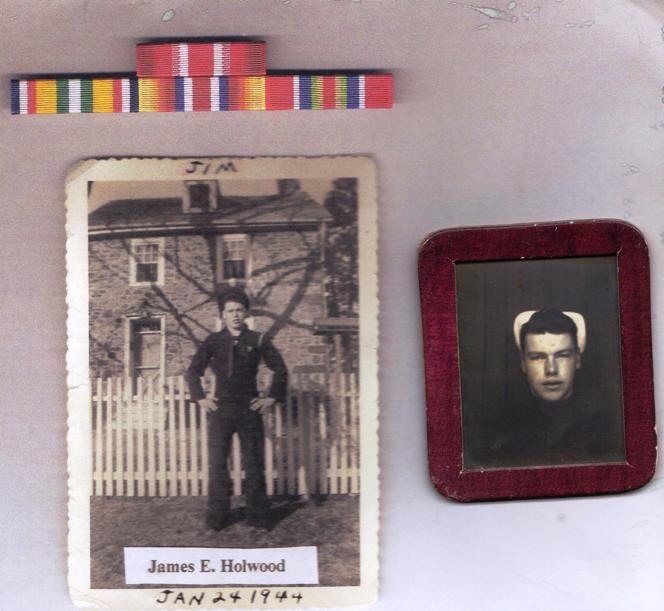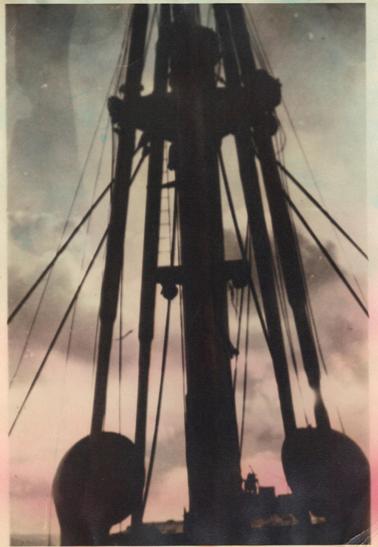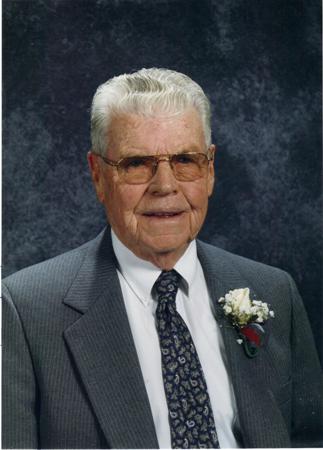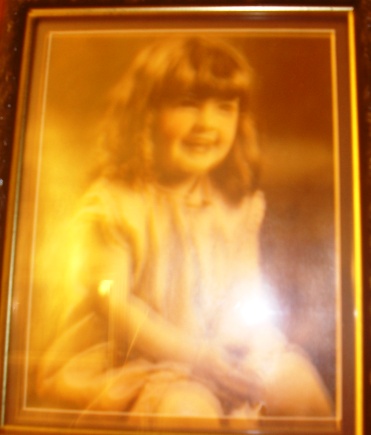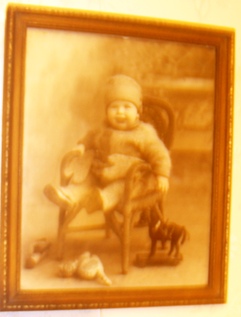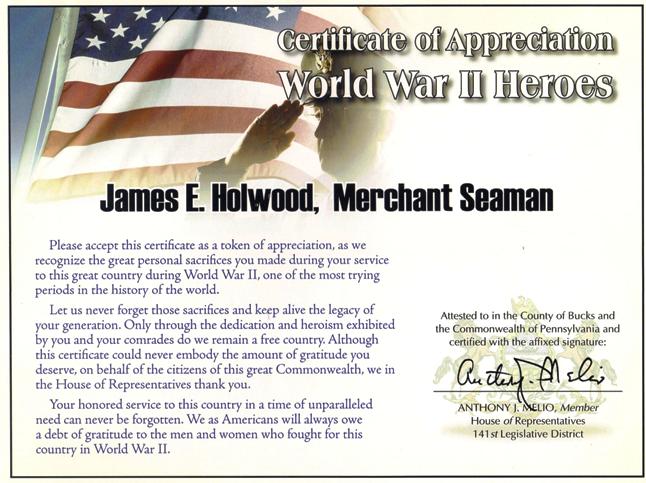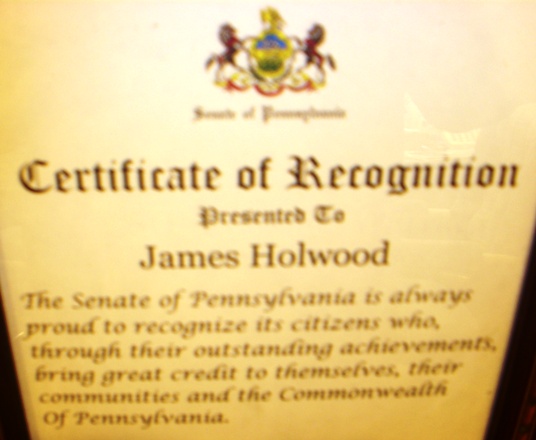Men of the Merchant Marine
by Cate Murway
In 1938, when a Second World War became imminent, President Franklin D. Roosevelt realized that winning the war would require innumerable ships to carry war supplies to the fronts. He ordered mass-production of Liberty ships and established the U.S. Maritime Service [USMS] to train the about 55,000 men needed to operate these ships.
Radio and newspaper ads attracted young patriotic men between the ages of 16 and 17 1/2 years for training for service in the US Merchant Marines, with their parents' consent. A career at sea has always been attractive to young men; this provided a way one could volunteer for a part in the winning of the war, before reaching the age of Selective Service registration.
Some Offices were located right next to Navy and Coast Guard Offices and many were sent to the USMS, the only racially integrated service of the time, by their recruiters who said, "That's where your service is needed."
source: American Merchant Marine at War, www.usmm.org
The fleet of seagoing tugs and barges carries imports and exports during peacetime and becomes a naval auxiliary during wartime to transport supplies and personnel in the largest fleet of freighters, tankers, and transports in history to bases all over the world for U.S. and Allied forces, delivering the troops and supplies to all theaters and invasions of the war.
Men at the fronts depended on this crucial service for bombs, gasoline, shells, ammunition, food, guns, vehicles, planes, medicine, and other materials for warfare.
General Douglas McArthur said, “I hold no branch in higher esteem than the Merchant Marine – they brought us our lifeblood and paid for it with their own” but still, many of these volunteers were cheated out of service and retirement time.
Applications by the U.S. Maritime Service for veteran status were denied 4 times by the so-called Civilian Review Board run by the Air Force. The major reason was a combination of misinformation, misunderstandings, and outright lies. One of the most influential of these was the argument that merchant seamen had nothing to do with guns or firing at enemy vessels or planes.
In actuality, upon these men rested the task of passing the ammunition.
Heave Ho! My Lads, Heave Ho!
It's a long, long way to go.
It's a long, long pull with our hatches full,
Braving the wind, braving the sea,
Fighting the treacherous foe;
Heave Ho! My lads, Heave Ho!
World War II American Merchant Mariners, after a successful lawsuit, were granted Veterans’ status in 1988, 43 years after WWII ended. They were given the standard 1988 benefits accorded to other Veterans even though they retained civilian status, making them eligible for medical care and disability pensions.
“The US Merchant Marines had the highest death rate of all military branches including the Army and Marines. One out of every 26 Merchant Marines died serving our country during WWII. This bill needs to be passed soon or most of the Merchant Marine Veterans will soon be deceased.”
James Edward Holwood served in the American Merchant Marine, dubbed Mariners, Seamen, Seafarers, and Sailors in 1943 and 1944, delivering ammunition to dangerous locations in Okinawa, Italy, New Guinea and the Pacific Theater. He saw a lot of the world, and many times it was pretty scary.
The WW II Merchant Mariner played a critical role in victory over Nazism and Fascism, heroically carrying out their missions and honorably serving their country. Yet unlike other veterans of the Greatest Generation, these veterans never received the wartime benefits President Franklin Roosevelt promised for their service and sacrifice.
H.R. 563- Honoring Our WWII Merchant Mariners Act of 2015 [Introduced in House 1/27/2015] could complete this long overdue promise. It would make mariners eligible for the GI bill and other benefits and properly recognizing their service, providing a one-time lump sum of $25,000 to each surviving WWII Merchant Mariner. This perhaps may alleviate a portion of the remaining debt owed to these brave volunteers who were slighted and ignored.
Many of these veterans are now well into their 90’s and fewer than 5,000 of the roughly 225,000 who served are surviving today. Time is not on their side.
While Jim feels he may never live to see the bill passed, his same fighting spirit that helped win WWII fuels his passionate dedication to striking a blow for dignity and this unjustly delayed recognition.
The American Merchant Marine Veterans Inc. (AMMV), an IRS designated not-for-profit Veterans’ 501(c)(19) corporation, is a veteran’s organization established in 1984 to gain veterans’ status, recognition, and benefits for Merchant Mariners that served the United States of America.
The official song of the U.S. Maritime Service and U.S. Merchant Marine is "Heave Ho, My Lads!"
Composer, Jack Lawrence, born Jacob Louis Schwartz, [inducted into the Songwriters Hall of Fame in 1975] was born in NYC in 1912 and died in 2009, at the age of 96. He donated the copyright of “Heave Ho!” to the U.S. Merchant Marine Academy, a government agency. Dr. Lawrence joined the USMS during World War II and wrote this official song as a lieutenant in 1943, while he was bandleader at Sheepshead Bay Maritime Service Training Station in New York.
Able Seaman, Jim Holwood was born on Maple Avenue in Langhorne to Grace Elizabeth [Hellyer] and Francis James Holwood, the firstborn of three children, [one son died at birth]. Jim’s younger sister, Elizabeth “Betty” worked in manufacturing until retiring.
Their dad was a sharecropper, a tenant farmer, growing wheat, corn, soybeans. They “ate a lot of vegetables and fruit, and the animals that grew on the farm”. His father also worked grinding and delivering feed in the now abandoned fieldstone Mill Race Inn building, once used to convert grain to flour. “They did the best they could to keep us clothed and fed in the ‘30’s.”
Their grandfather and cousins lived in the same home with them. His paternal grandfather, Francis Holwood farmed in Lahaska.
“I remember when Peddler’s Village was Earl Jamison’s [a son of the late Albert and Elizabeth (Froehlich) Jamison] chicken farm”, complete with chicken coops and hatchery on the farm property in the rural Bucks County of his boyhood. His maternal grandparents Frank and Sara Hellyer lived on Buckingham Mountain, “a big spot for helping runaway slaves during the time of the Underground Railroad”.
“We were very poor and moved a lot”. Entertainment was a hand crank Phonograph Victor Victrola until his family finally got a radio. He vividly recalls the famous squeaking door on “Inner Sanctum Mysteries”.
Jim worked delivering Clover Crest Dairies milk throughout Bristol Borough and some of the township. “Bristol was full of ‘mom and pop’ stores.”
Only one present at Christmas! A cherished one was his “windup Caterpillar tractor”.
The most exciting moment of his life was at the age of 16 when he got his first car!
Jim purchased a 4-door 1933 black Chevy with yellow wheels for $100.00 in 1942. It came “with a year’s worth of road service, title and tags for an extra $25.00”. His next vehicle was a 1930 black Ford roadster “only glass was the folding windshield; everything else was canvas”.
He attended Newtown HS and labored as a helper at A.W. & W.M. Watson Lumber Company [acquired by Frost-Watson Lumber in 1953] until the tenth grade. He got caught up in the patriotic fervor of the time and his youthful sense of invulnerability and came forward to serve in the fledgling U.S. Maritime Service on August 31, 1943.
[ As part of Operation Rescue, a state law that allows veterans of World War II, the Korean War, and the Vietnam War who left school before graduating to receive actual high school diplomas, 35 of them from Newtown HS received diplomas].
The apprentice seaman was assigned to the Stewards Training Department for advance instruction after completing preliminary training at Sheepshead Bay in Brooklyn near Coney Island that opened September 1, 1942.
The $8.5 million station, opened almost a year after the Japanese launched their surprise attack on Pearl Harbor, was capable of turning out 30,000 trained merchant seamen a year. The graduates would go on to man the supply lines in the Pacific and Atlantic oceans to support the fight against fascism. It closed on February 28, 1954 and the site is now occupied by Kingsborough Community College.
He volunteered as a carrier to load steel ore, sailing in the ice and snow in the Sault Ste. Marie Canal. They needed an ice breaker. “It was cold. We had to watch out for the icebergs on Lake Superior at Christmas time.”
A friend on a tanker informed him that they needed a seaman, so he signed on to a ship in Baltimore on its way to Italy, loading gasoline up and down the East Coast, using a convoy of 10 ships, surrounded by Navy destroyers to protect them. His late buddy Clifford Brass and his brother Harold Brass, who still resides in Bristol and Richard “Dick” Wehmeyer, were all serving in the Merchant Marine. Jim was just seventeen.
German-manned torpedo E-boats, the fastest things afloat at that time could creep up silently, but somehow without incidence, they got into the Italian port city of Livorno, traditionally known in English as Leghorn. They hauled aviation fuel and 9,000 tons of ammunition; 5 miles of tractor trailers worth was loaded on the ship to the Islands. Jim maneuvered through the Panama Canal four times. Submarines and raiders waited for their prey outside of the harbors, especially on the East and Gulf coasts of the USA. One grueling episode was when they discovered they were being followed by a Japanese submarine. They zigzagged across the ocean to prevent torpedoes hitting them.
These servicemen were sent home with a "release from duty”, all but forgotten by the country they served; expendable, along with the ships they sailed.
His four earned medals are displayed proudly, one each for the Atlantic, Mediterranean and Pacific war zones and one for WWII.
“I waited 42 years to get veterans status.”
His life-long buddy, William A. “Bill” Errico, Sr. from Newtown is buried in Washington Crossing National Cemetery.
Let the sea roll high or low,
We can cross any ocean, sail any river.
Give us the goods and we'll deliver,
Damn the submarine!
We're the men of the Merchant Marine!
Jim met his late wife, Helen [Moore] at the Croydon roller rink in 1943 and they were married for 57 years. Their sons, James F. “Jimmy” and Harry W. are USN veterans as well as his late Uncle Frank Hellyer. Jim is proud of his 4 granddaughters and one great grandson.
While they lived on Bayard Street in Bristol, he was a foreman at Kaiser Metal Products and a fitter at Pacific Steel Boiler Corporation.
He married again in 2004. Lillian [Cochran] graduated in the first class of Pennsbury HS. She was the daughter of former Falls Twp. Justice of the Peace John Melvin and Lillian [Thomas] Melvin. They made their household in Middletown Twp. Jim has been widowed twice.
He thoroughly enjoyed the Veterans’ complimentary Fish and Chips at King George II Inn but he especially appreciated that the co-owner, Bruce Lowe stopped at his table to speak with him.
If you believe that there was a merchant mariner in your family, a little research effort will reward you with a new understanding of the life experiences of that individual. The impact of the merchant marine during World War II was significant, particularly as the war increasingly was conducted on two fronts simultaneously, requiring massive effort to move personnel and war materiel. A certain feistiness is typical of elderly mariners who transported troops and materiel across the oceans and suffered mightily from attacks by German U-boats and the Luftwaffe in the Atlantic and Mediterranean and from the Japanese Navy in the Pacific.
Merchant Seaman Jim Holwood is hoping to locate more of those surviving heroes. He can be reached at 267.312.9726.
Recommend a “Spotlight”. E-mail vjmrun@yahoo.com
from left, Bill Errico and Jim Holwood
Mast of USS Thomas Stone (APA-29)
an attack transport in the South Pacific
American Merchant Marine Jim Holwood
from right, second row, 3rd one leaning in
October 28,1943
James E. Holwood
1926 - 2020
James E. Holwood died on Saturday, August 29, 2020 at Jefferson Bucks Hospital in Langhorne. He was 94.
Born in Middletown Township, Pa., the son of the late Francis and Grace (Hellyer) Holwood, Mr. Holwood has been a lifelong resident of Lower Bucks County and was a member of Saint Ann's Parish in Bristol.
Until his retirement in 1991, Mr. Holwood was a Supervisor with Strick Trailers and Vanco Trailers for many years.
He enjoyed fishing and boating.
Mr. Holwood had proudly served in the US Merchant Marines during World War II.
Beloved husband of the late Helen (Moore) and Lillian (Cochran), Mr. Holwood is the loving father of James F. (Cheryl) Holwood and Harry W. (Linda) Holwood; the devoted grandfather of Paige Holwood, Erin Westerman (Jeff), Michele Holwood and Melanie Webb (Keith); and proud great grandfather of Colt Westerman and Maxwell Nichinson.
Mr. Holwood will also be sadly missed by his sister, Betty Emery (Bill), several nieces and nephews as well as his partner and caregiver Marie Ansbro.
Internment will be at a later date in Washington Crossing National Cemetery.
Dougherty Funeral Home Levittown, Pa.

